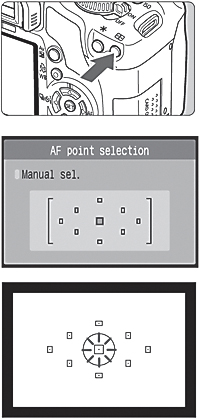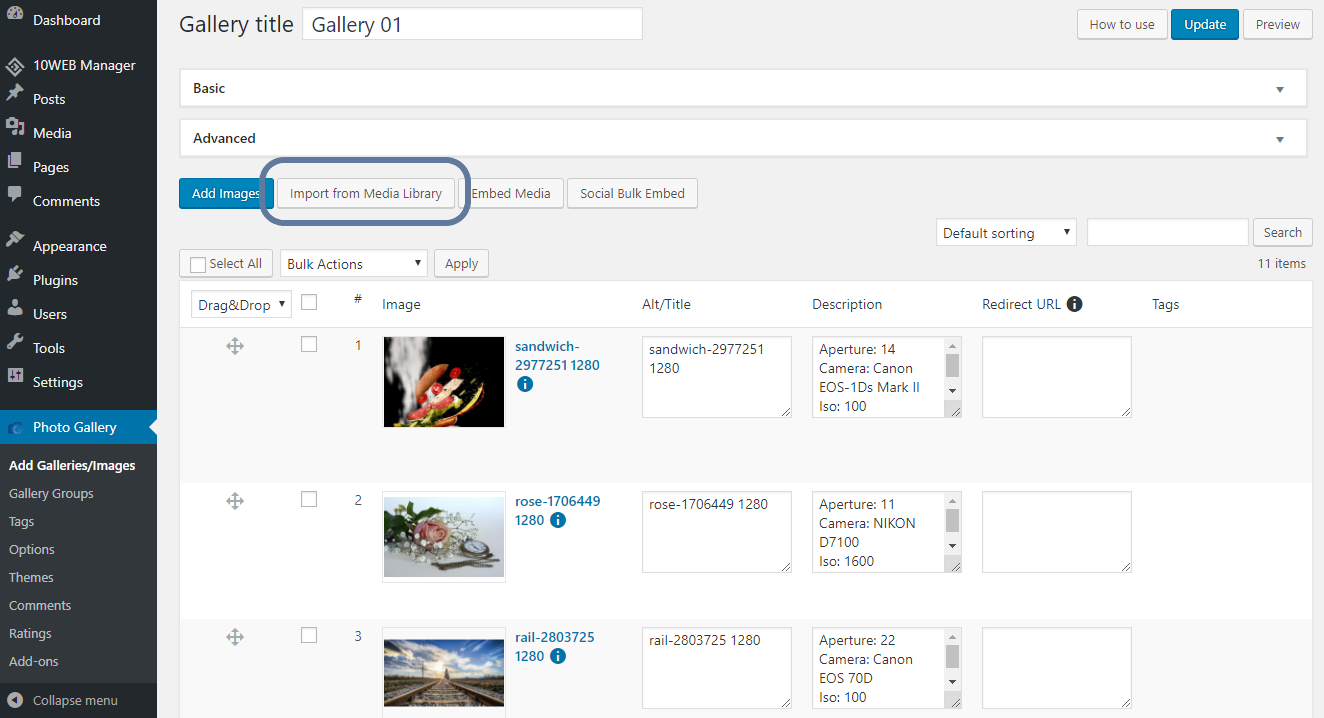

- Importing iphoto library how to#
- Importing iphoto library full#
- Importing iphoto library tv#
- Importing iphoto library mac#
There are also plenty of examples on the internet of how to get a script to walk a directory tree, and run the desired command on every directory it finds.

If this works for you, you could create a shell script with your chosen renaming pattern, so that you can reproduce the same pattern for every directory-full of photos. The web page I have linked to gives examples. Renaming can include creating a directory structure based on date. It uses the exif metadata embedded in the pictures, and can rename them by date and time (ie date and time taken), in accordance with the pattern you specify on the command line.
Importing iphoto library full#
It will operate on a whole directory full of images with one command.

I assume that you are wanting to reorganise your photos by date and time taken? Shotwell is what you propose to use to achieve that? See Change where Photos stores your files.I don't use either iphoto or shotwell, so the following may not be relevant. After the move is finished, double-click Photos Library in its new location to open it. Drag Photos Library to a location on your external storage device. You can open your home folder by choosing Go > Home from the Finder menu bar. At the top right, tap your profile icon and then Google Photos settings. By default, Photos Library is stored in the Pictures folder of your home folder. If you ever need to move content stored outside the library into your Photos library, you can do that, too. Import an album On your iPhone or iPad, open Google Photos Photos.
Importing iphoto library mac#
If you prefer, you can store photos and videos outside the Photos library-for example, in a folder on your Mac or on an external hard drive-and still view them in Photos. See Import photos from Mail, Safari, and other apps.īy default, imported photos and videos are copied into the Photos library.

Repeat steps 2-3 for every additional library you want to import. (If you don't see it, try looking in your Pictures folder. Import photos sent to you with other apps: Import photos and videos sent to you in an email or text message, or downloaded from Safari. How to import multiple libraries into Aperture. See Import photos from hard disks, DVDs, and other devices. Import photos stored on a storage device: Import photos and videos saved on a hard disk or other storage device. If you ever need to move content stored outside the library into your Photos library, you can do. If you prefer, you can store photos and videos outside the Photos libraryfor example, in a folder on your Mac or on an external hard driveand still view them in Photos. See Import photos from a camera or phone. By default, imported photos and videos are copied into the Photos library. Import photos by connecting a variety of cameras and mobile devices to your Mac: Connect a camera or other mobile device and import photos and videos from the device. See Sync photos between your Mac and iPhone or iPad. See Use iCloud Photos to store photos.Ĭonnect your iPhone or iPad to your Mac and transfer photos into the Photos app on your Mac: If you don’t use iCloud Photos on your Mac, you can sync an iPhone or iPad to your Mac to transfer photos. From that dialog, you can select any iPhoto or Aperture library. If it is grayed out, then it is already set as the System Photos Library. Hold down Option when you launch Photos to bring up the Choose Library dialog. Some reach the Mac by the Web, e-mail, CDs or DVDs. Click the General tab and select Use as System Photo Library under Library Location. Not all the pictures in your iPhoto library arrive by direct transfer from your digital camera. and like in iPhoto, Places automatically reverse geocodes GPS data into.
Importing iphoto library tv#
Share your photos automatically across your Mac, iPhone, iPad, and Apple TV using iCloud: Turn on iCloud Photos on your Mac and other devices to give access to your entire library on all your Apple devices. Open Apple Photos and select Preferences in the menu bar. You can view faces across your entire photo library or view just the faces that. You can import photos and videos in a variety of ways: Import your photos and videos into your photo library so you can organize and edit them with Photos. Overview of importing photos and videos into Photos on Mac Change where photos and videos are stored.Export photos, videos, slideshows, and memories.Share photos using other apps and websites How to Copy Your Photos Library Files Step 1: Connect Your External Storage Device Step 2: Navigate to Your Pictures Folder Step 3: Drag Photos Library to.Add, remove, and edit photos in a shared album.Change the lighting of a Portrait mode photo.There, select any photo you want to import from a hard drive, an external server, or an inserted CD, and click. Adjust a photo’s light, exposure, and more Mousing Around: The Import To Library option in iPhoto opens up a simple file viewer.View photos others have shared with you.Use Visual Look Up to learn about a photo.Interact with text in a photo using Live Text.


 0 kommentar(er)
0 kommentar(er)
